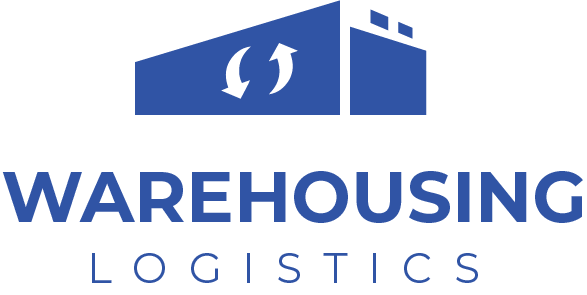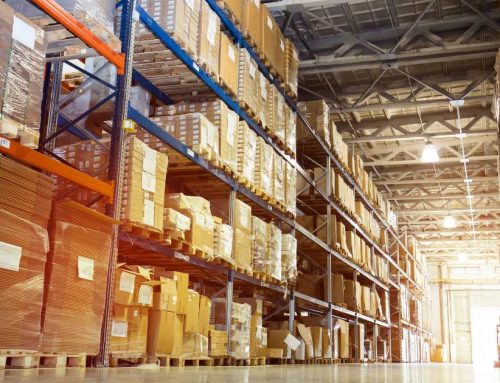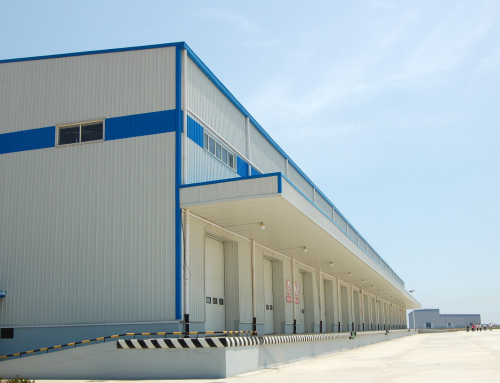Warehousing and logistics are two essential business functions that work together – one is impossible without the other. Warehousing is the safe storage of products or raw materials in a physical storage facility. Logistics is the operational planning that makes shipping, receiving, storing, and distributing happen.
Logistics warehousing meets end-to-end consumer requirements by managing product flow. Without logistics, warehouses would have no products flowing in and out of the facility for use and distribution.
What is Warehousing?
In short, warehousing is inventory storage. While the overall function of warehousing hasn’t changed, warehousing solutions have evolved.
Technology and online shopping have drastically altered warehousing operations — robotics, machinery, specialized storage systems, and shipping continue to advance with time.
Pallet racking and automated storage systems are customizable solutions for high-density storage. Such systems allow warehouses to maximize their storage capacities.
Types of Warehouses
There are many different types of warehouses for various industries and parts of the supply chain.
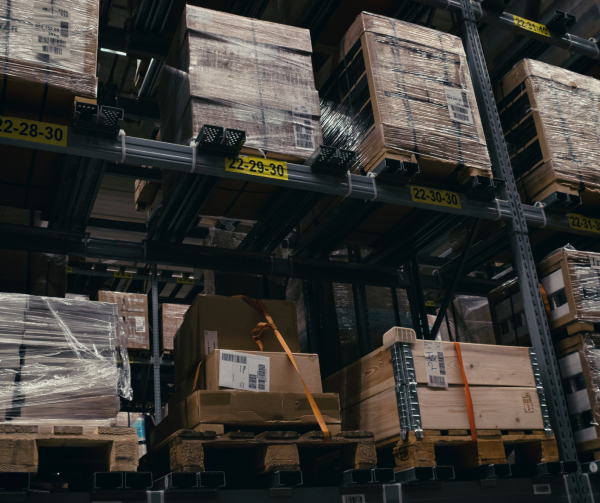
Manufacturing facilities typically store raw materials, production parts, and semi-assembled products. Other warehouse types handle finished products, packaging, order fulfillment, food, chemicals, and much more.
Here are some of the most common warehouse types:
- Distribution Centers
- Manufacturing Warehouse
- Pick, Pack, & Ship Warehouse
- Public Warehouse
- Private Warehouse
- Bonded Warehouse
- Smart Warehouse
- Fulfillment Centers
- Cooperative Warehouse
- Consolidated Warehouse
- Government Warehouse
- Cold Storage Warehouse
- On-Demand Warehouse
What is Logistics?
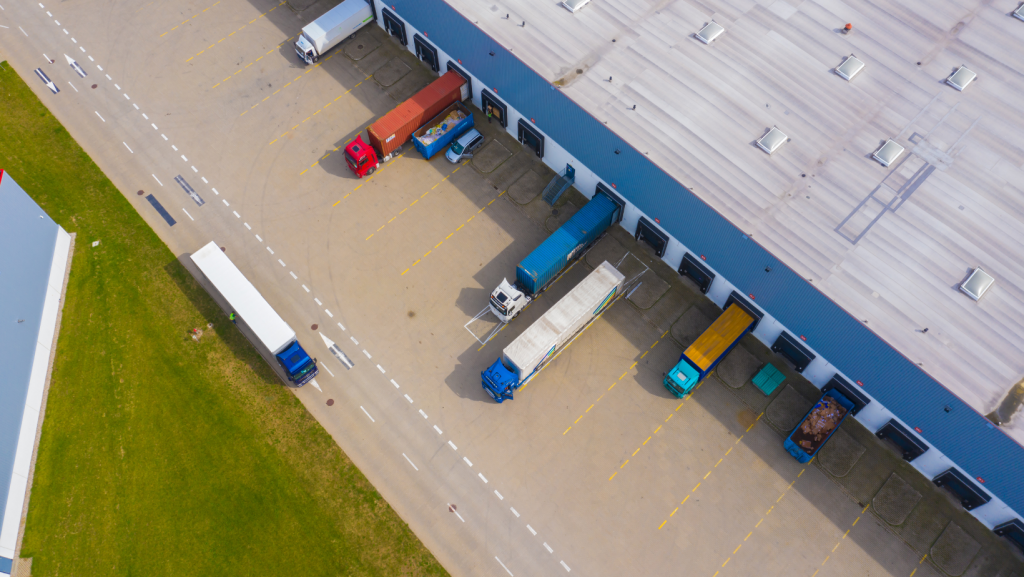
Logistics is what makes warehousing work. It is the operational planning and organizing of warehouse operations such as shipping, receiving, storing, distribution, and more. Much more is involved with warehousing than storing products long term.
How are products shipped to and from a warehouse? How are physical goods prepared and packed? How are they organized, moved, and stored within the warehouse? These are some of the questions logistics tackles.
Each warehouse has its storage requirements, workflow, schedule, and moving parts managed by logistics.
What Logistics Handles:
The logistics process has two sides: the inbound and outbound flow of goods. Logistics handles transportation, internal movement, inventory management, and other related functions to keep products flowing. Here are the primary functions of warehouse logistics:
- Transportation
- Delivery times
- Inbound products
- Outbound products
- Shipping
- Receiving
- Inventory
- Stock levels
- Internal movement
- Picking
- Packaging
- Distribution
- Manufacturing
